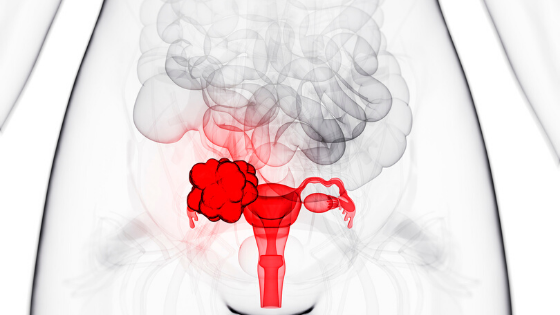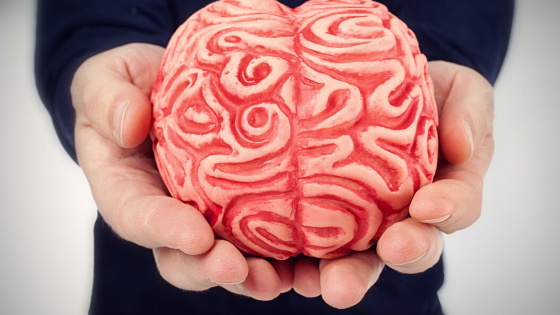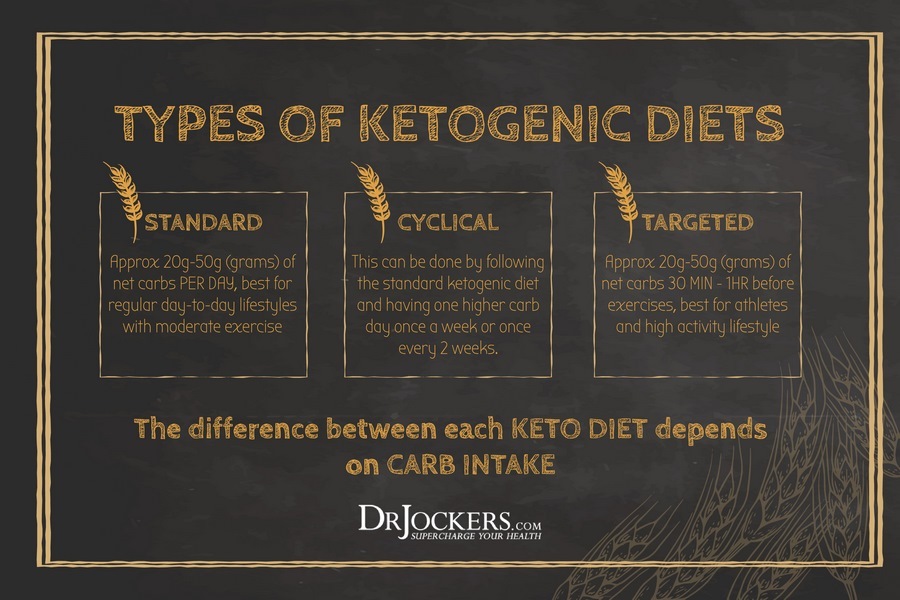Men’s health is defined as identifying, preventing, and treating conditions that are most common or specific to men. It is not just a magazine to help men get buff, however, most men would struggle to come up with even a definition that would resemble the above. Men’s health is under-researched, underfunded, and under-appreciated. How is can this be when it represents half the world’s population?
Unfortunately, health is not an issue men talk about. This lack of societal acceptance as an issue has made men’s health become a silently growing, enormous, and destructive problem. This lack of awareness is causing some extremely disconcerting statistics. For example, the gap between male and female life expectancy continues to widen and is on average 4 years. This gap is even wider in socially disadvantaged groups. There is not a single country where men live longer than women. Not only is life expectancy lower but men have a lower quality of life, poorer health, and significantly decreased functioning. Men have decreased quality of life from poor health and on average men spend 9 years in poor frail states (this is close to a decade spent in disability, poor energy, and loss of independence!). Men are more likely to die from cancer, heart disease, lung disease, and diabetes than women.
Men’s Mental Health
Mental health is another arena that is neglected for men. Men’s risk of suicide is close to double or triple that for women. In fact, the risk of alcohol and illegal drug abuse (including other harmful activities) is extremely high as well. This is a reflection of how men are dealing with mental health concerns. Men participate in higher riskier health activities such as smoking and unprotected sex. They are also at high risk of death and disability due to violence and trauma. Society’s silence on these issues has contributed to men accepting this.
Preventative Health Care and Men
Men access preventative health care much less than women and are much more likely to ignore their health concerns and not participate in universal screening programs. There is a profound lack of interest in men’s health by global health institutions and many health organizations omit men’s health as part of their agendas. Apathy on a personal and global scale has only compounded the problem of men’s health.
The real issue here is men’s mindset. Men take pride if they haven’t been to a doctor in 25 years. They claim nothing is wrong and they believe it makes them sound strong. that they are not broken and they don’t need help. Men neglect their bodies for years and maintain their sports cars regularly. Realizing your body is a more complex machine than the car in the garage is the first step in improving men’s health overall. Once established, men will realize that their bodies require care more often than once in 25 years!
There is so much that men can do to improve their health. Follow these 2 steps to optimal men’s health. Research to make better choices and the desire to live a life with more energy and vitality!
Step 1: Become Aware of Where You Are Right Now
The first thing in creating any achievable plan is having an awareness of where your health is right now. Men should visit their doctor to receive age-appropriate screening. Screenings should include a physical exam and diagnostic tests. You can take deeper dive into your health if you have symptoms or health conditions. These more specific testing options can determine your hormones, vitamin, and mineral levels.
It is also crucial to know not only your weight but your body fat and muscle mass percentages. Muscle mass has a big role to play in strength and vitality especially in men. The more strength you have, the longer you live in general. As well, the stronger you are the longer you can play sports, hike, golf, and ultimately avoid a wheelchair. When you receive a well-rounded picture of where you are at, you can begin making a plan with measurable and specific goals.
Think of it as getting a scouting report for a hockey draft. As a potential draft candidate, you will find out how you measure up and decide if you want to shore up areas that could use some help. Maybe it’s your puck handling or backward skating speed. In medicine, that could be your mental acuity or lack of quad/hamstring strength. A physician helps you get the most out of life and in the best shape you can. Wouldn’t we all want to look as good and feel as good as Richard Branson (he’s in his seventh decade of life now) rather than a guy who had two knee replacements and can barely walk?
Step 2: Creating Change with Different Choices
Sometimes all people need is to see all the different choices and have it explained in a meaningful way by an expert. You can do simple things that to give you energy, increase your muscle mass percentage, decrease body fat percentage, and change your overall health.
For example, did you know that eating better, exercising, and not smoking can drastically improve erections? Or, that the blood vessels to the penis are the same size as those going to the heart? Thus, erectile dysfunction is a real risk factor for developing heart disease. Most men want to have and keep their erections strong. Functional Medicine also shows that doing keeping strong erections will increase your overall well-being. Measuring, tracking, and being accountable can make these changes easy to implement, especially if you have something to gain. Your gains are overall health and the ability to have healthy erections.
That small voice in your head tells you that things can be different, life can be more joyful, more energetic, more meaningful, and that your health can be better. This is a call to an adventure and a journey to be better. Make the decision to have an extraordinary life and start it by taking care of your body. Would you rather drive around in a Ferrari 308 GTB Berlinetta (the one Magnum PI drove) or have your body be the equivalent of a beat-up Dodge Caravan Minivan? It’s your choice. Your body is the only real vehicle you have in this lifetime so decide how you want it to look and feel.
Prostate Cancer

Men today are terrified of prostate cancer. It affects 1 in 7 Canadian men and is responsible for the deaths of 1 in 27 Canadian men. Age, genetics, and race are well-known responsible risk factors in overall prostate health, but the one element that many people ignore is diet and obesity. Diet and obesity are completely modifiable!
Getting “man boobs” is not only unsightly, but it is also a warning sign that you are increasing your risk of cancer. Obese men have a 20% higher chance of prostate cancer and really obese (BMI>35) men have a 34% higher chance of developing prostate cancer. This makes sense because the more fat men carry, the higher the circulating hormones they have! (including female hormones)
Screening is essential. It has led to detecting cancer earlier with the hope of intervening and preventing death. One of the most deadly combinations in men’s health are these two factors:
- Men’s lackadaisical approach to their health. If they wait until symptoms are felt, it will be too late, because…
- Prostate cancer symptoms usually don’t surface until it has metastasized.
With screening, we can find prostate cancer 8-10 years before a man would have symptoms. Obviously, with earlier detection, the treatments are more effective.
Men can do so many things to decrease their risk of prostate cancer and improve outcomes if diagnosed. All lifestyle factors play a part in these outcomes including nutrition, weight, exercise, sleep, stress, and relationships. These elements are extremely important to prevention, treatment, and recovery from any side effects to treatment (ie. recovering from surgery). Knowing that cancer can be modified by what you do, not just what the doctor says he can do about it is the best way to take control of your health.
One plan men can implement with a diagnosis of low-grade prostate cancer is watchful waiting. This is monitoring with no intervening treatment. We encourage you to address lifestyle factors and re-empower yourselves with the knowledge that you can help participate in changing your outcome. This also helps with the anxiety and stress of having a prostate cancer diagnosis.
Benign Prostatic Hypertrophy
A condition called Benign Prostatic Hypertrophy describes the enlargement of the prostate or BPH. Symptoms of BPH include getting up more than once at night, having a noticeably slower stream, and urinating twice before breakfast. It affects almost every aging man, can cause significant disruption in the quality of life, and requires medical intervention. It can also improve by changing modifiable lifestyle factors. Some of the simple ways to reverse Benign Prostatic Hypertrophy and rebalance hormones is decreasing body fat percentage, especially abdominal fat. We advise adding foods to your diet that are helpful in prostate health.
Men’s health is finally taking precedence through functional medicine. The Linden & Arc Vitality Institute approach focuses on the patient as a whole. The 7 Core Nodes of Healing covers the mind, body, soul, and spirit which are all connected, in health and wellness. Each node represents a set of interconnected biological functions, much like a web, all influencing each other. Through detailed quantitative testing and keen analysis, we look at the overall function and organ efficiency of each system in the model. If you’re ready to start taking your total health seriously, contact Linden & Arc Vitality Institute today for an initial consultation.
Authors: Julie Hong MD CCFP CTM IFMCP and Jun Kawakami MD MSc FRCSC Urologic Cancer Surgeon









